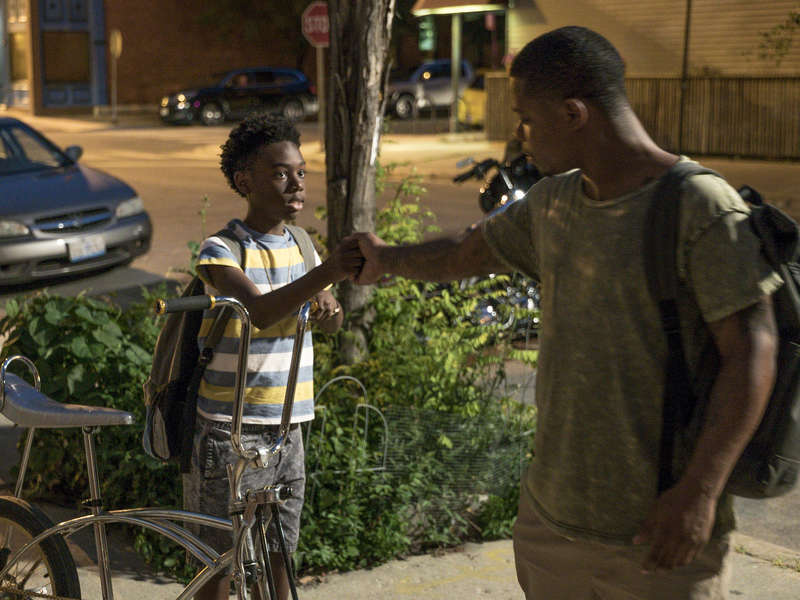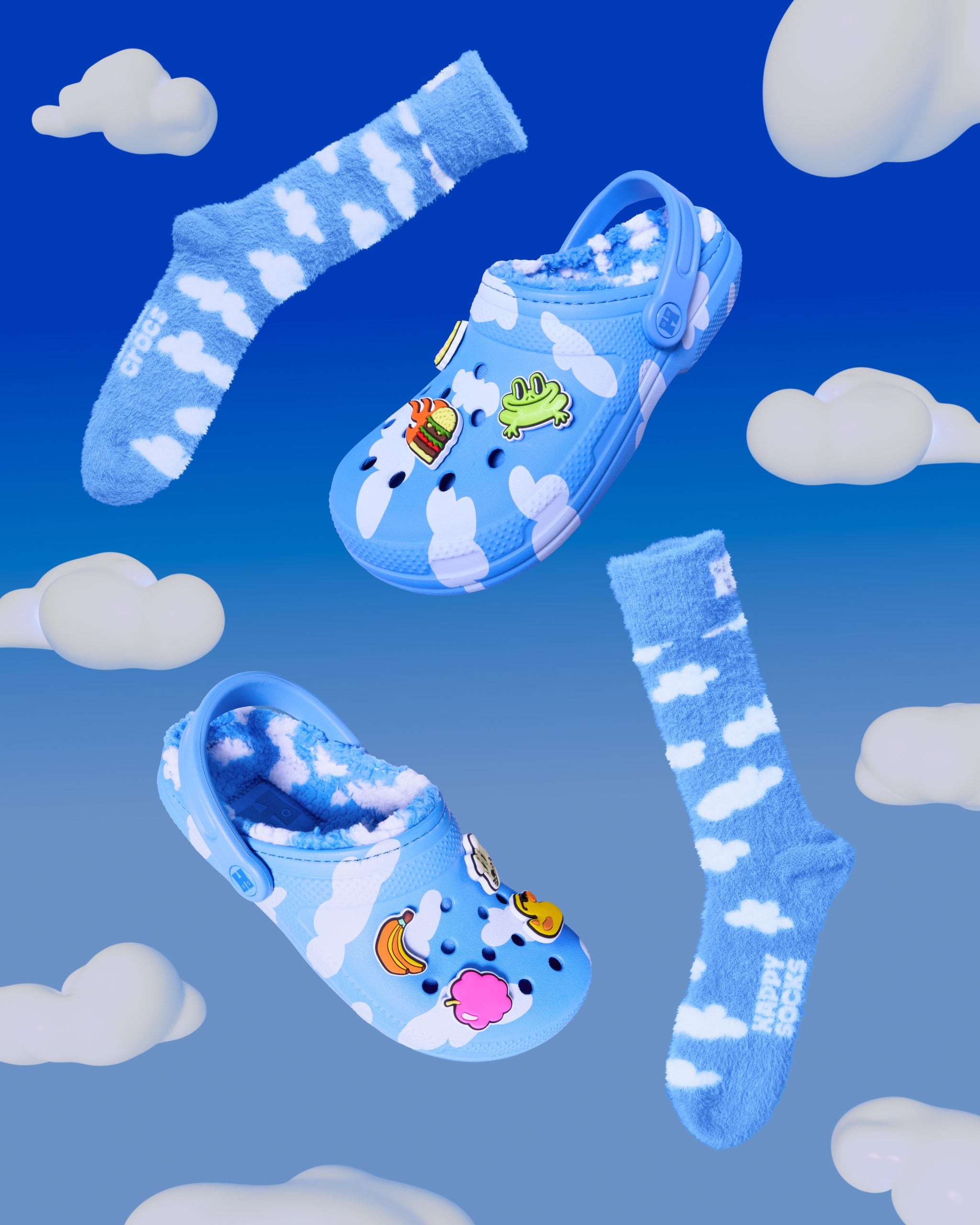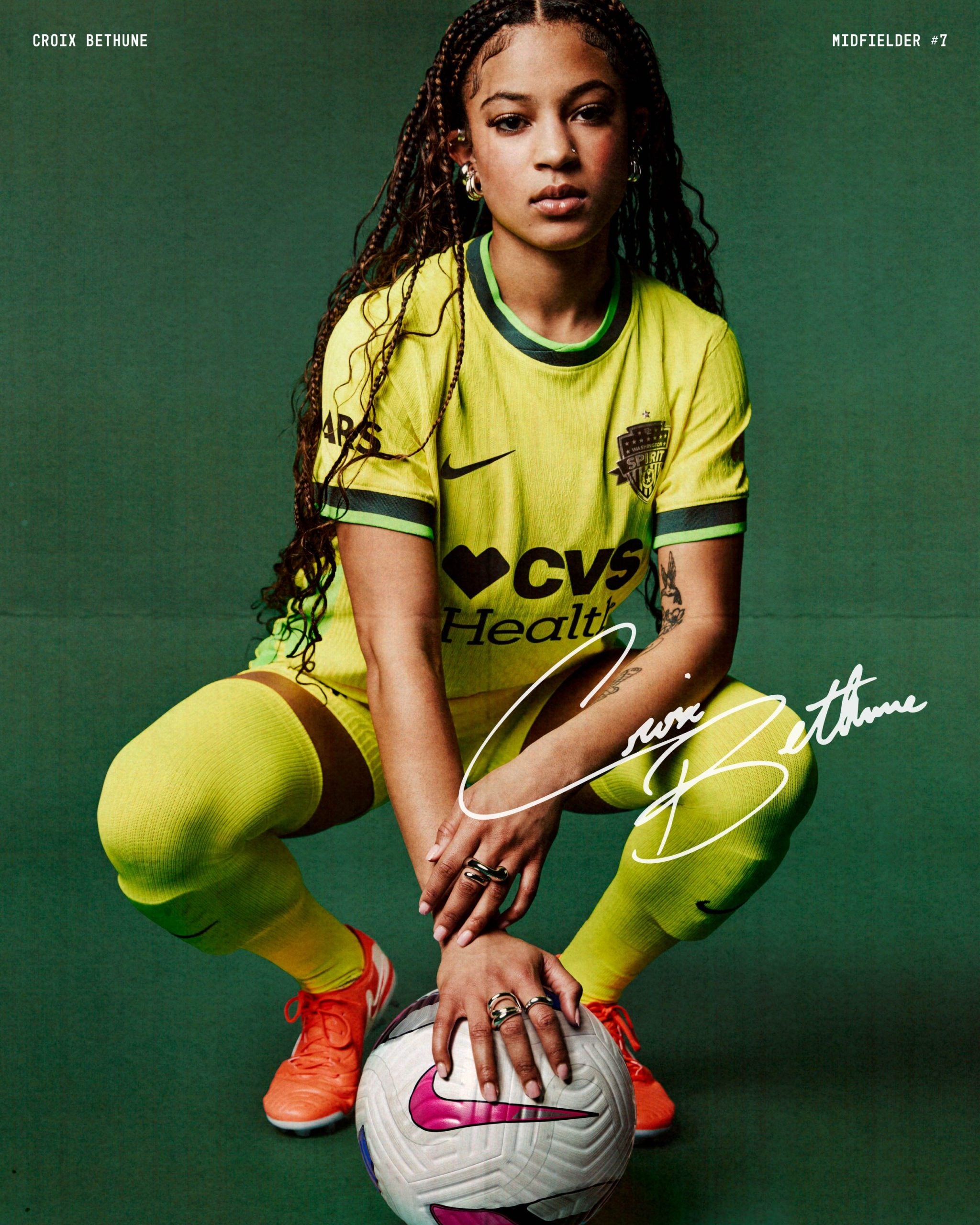
More than anything, The Chi tells us violence has a ripple effect.
Violence spreads not unlike a virus, infecting one person after the other with no real end in sight. It prompts those most affected by it to act out, to make choices that might go against their very nature in pursuit of a vague understanding of retribution. There is no real “eye-for-an-eye.”
We watch the situation grow and fester in episode three. As the episode opens, Brandon waits in a car with Luis, his coworker, to purchase a gun. His reluctance to purchase the gun makes the seller turn against him.
Like his brother, Coogie, it is clear Brandon is not as familiar with this world as he may think. Brandon and Coogie may have understood the peripheral actions of the city’s violence, but they don’t know the real nuts and bolts of how violence unfolds and who participates in it. Brandon is an adult, but he is also innocent and naive in some aspects.
After Brandon pays a visit to his mother’s boyfriend (who tells him he, “ain’t got the sand” to do anything violent), he returns to his apartment. Jerrika questions the gash on his head and he admits that it came from trying to purchase a gun.
“Coogie is dead, and I feel like somebody should pay for that,” Brandon says. “We’ve got plans Brandon, and this hood bullshit is not who you are,” she says. Deep down, Brandon likely does know that. But does any of that matter when he is in a state of mourning? Does any of that matter when violence, which can easily infect anyone within its reach, has infiltrated his world?
Laverne, Brandon and Coogie’s mother, decides to sell the house. Upset, Brandon convinces Jerrika to assess the home. She agrees with Laverne, now is a great time to sell. The two argue. “Selling the house isn’t the problem,” she says. “It’s tied into whatever crazy bullshit you have with your family.”
Later, Brandon asks Laverne why she wants to sell the house and if it’s about Coogie. “Can’t even walk past his room no more,” she tells him. “Sometimes, I still feel him in there.” The violence spreads, and she chooses to leave. The violence spreads, and he decides to kill. Neither action will bring Coogie back, but both reflect the insidiousness of violence and how it can so quickly change one’s life.
But perhaps the starkest example of the virus of violence occurs with our youngest protagonist. Kevin and his friends try to outrun Ronnie, who shows up outside of his school. They hide in the auditorium, only to run into the drama teacher, who forces them to fill in for the musical.







There’s something poignant and disturbing about the turn of events. We see this push and pull of black boyhood versus violent adulthood again. Kevin’s friends tell him the only way to escape Ronnie is to “roll up on him” and tell him he won’t snitch. Hearing this conversation between the three is startling. The boys wear multi-colored afro wigs as the “lollipop kids” from The Wiz. These are boys, first and foremost. And as boys, we’d hope they wouldn’t have such keen insight on the machinations of participating in and escaping the cycle of violence. But they do know and now that knowledge they’ve kept in the back of their minds has come to use.
After confronting Ronnie, Kevin visits Brandon to bury the hatchet and asks if he can walk him home for protection. The two cut through the park where Ronnie is waiting. The moment calls back to our first glimpse of Kevin in episode three during a lighthearted conversation with his mother about the musical. Kevin is reluctant to participate, but his mother shoots down that idea.
“We finish what we start,” she says. Eager to escape the pull of the violence he witnessed, Kevin attempts to end the situation, to “man up,” to act grown. But will that solve his problems, or only make things worse?






